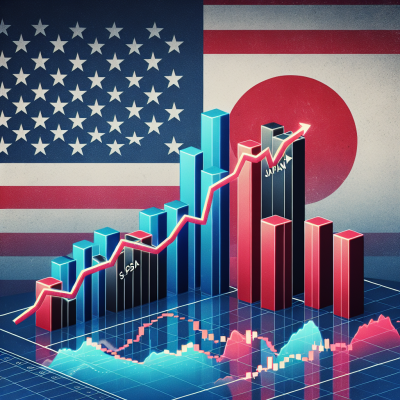
Overview: Global Markets React to Japanese GDP Contraction
US stock futures traded flat on Monday after a day of mixed performance on Wall Street, as investors attempted to weigh the implications of shifting global economic conditions. The initial relief from easing trade tensions was short-lived, quickly supplanted by growing anxiety surrounding the economic fallout from the Trump administration’s new tariffs. In contrast, Asian markets reflected a more complex picture, responding to a slew of data that included a marked contraction in Japan’s quarterly GDP.
US Futures Steady Amid Mixed Wall Street Session
After an inconsistent trading day in the US, futures for the S&P 500, Dow Jones Industrial Average, and Nasdaq Composite lingered near the flatline. Investors appeared cautious, adjusting portfolios while attempting to forecast the potential ramifications of ongoing trade disputes and weakened economic signals coming from Asia.
Market sentiment was initially buoyed by signs of easing tensions between major trading partners. Yet, enthusiasm dimmed as analysts digested the broader implications of tariffs introduced by the US, which could have a far-reaching impact on consumer pricing, corporate margins, and global trade flows.
Japanese Economy Contracts Sharply, Jolts Asian Markets
Asian markets remained mixed, with notable volatility in Japan following a disappointing GDP report. Japan reported a substantial economic contraction for the most recent quarter, surprising many market participants and casting doubt on the pace of the region’s recovery.
- Japan’s GDP shrank by an annualized 2.2%, raising concerns about future exports and domestic consumer spending.
- The Nikkei 225 Index fell marginally, while the broader Topix Index faced downward pressure.
- Other regional indices like Hong Kong’s Hang Seng and China’s Shanghai Composite showed resilience, with modest gains amid stimulus hopes.
This economic contraction in Japan reverberated across Asian markets, although its overall impact was somewhat cushioned by better-than-expected industrial production data from China.
Key Drivers Behind Japan’s GDP Contraction
Several factors led to Japan’s underwhelming economic performance:
- Weak Consumer Demand: Inflationary pressures and wage stagnation weighed heavily on household consumption.
- Export Declines: Reduced demand from China and Western markets impacted Japanese manufacturers.
- Supply Chain Disruptions: Lingering effects from early-year supply shortages further dampened industrial output.
Investor Focus Shifts to Trade Policy and Interest Rates
With Japanese data rattling international markets, investors in the US took a more defensive stance. Focus remains squarely on two key economic levers that could shape market direction over the coming weeks:
1. US Tariff Policies
The reimplementation of tariffs by the Trump administration sparked unease among businesses relying heavily on overseas supply chains. Market participants fear that these actions could not only trigger retaliatory tariffs from trading partners but also elevate prices for core goods, stifling consumer spending.
2. Fed Interest Rate Strategy
Meanwhile, the Federal Reserve’s current interest rate outlook continues to add another layer of complexity for equity markets. While inflation is showing signs of easing, policymakers remain split on whether to hold rates steady or begin gradual cuts. Market action suggests investors are pricing in at least one rate cut by the end of the calendar year, but timelines remain uncertain.
Sector Highlights: Tech, Energy, and Consumer Staples
Despite broader hesitancy, a few sectors demonstrated relative strength:
- Technology: Large-cap tech stocks, including Apple and Microsoft, remained stable as analysts maintained bullish forward-looking revenue estimates.
- Energy: Crude oil prices pulled back slightly, weighing on energy equities, though geopolitical tensions continue to lend support to oil futures in the medium term.
- Consumer Staples: Retail and household goods companies outperformed, driven by expectations of steady recession-resistant demand.
Looking Ahead: What Investors Should Watch
As markets churn through economic data from Asia and respond to domestic policy moves, traders should keep a close eye on:
- Upcoming US inflation and job reports that could shape Fed decisions.
- Trade negotiations between the US and China, as any signs of détente may uplift sentiment.
- Corporate earnings reports, especially from multinational firms, which will provide real-time insights into global demand and supply chain health.
Conclusion: Markets at a Crossroads
US stock futures holding steady amid a complex macroeconomic backdrop highlights the tug-of-war between optimism and caution currently gripping global markets. With Japan’s GDP contraction underscoring fragile recovery prospects, and ongoing trade policy shifts clouding the outlook, investors are likely to remain alert. While some sectors show resilience, broader market momentum may hinge on upcoming economic indicators and geopolitical developments.
For now, caution seems to be the prevailing theme—markets are watching, waiting, and wading carefully through the uncertainty.


Leave a Reply